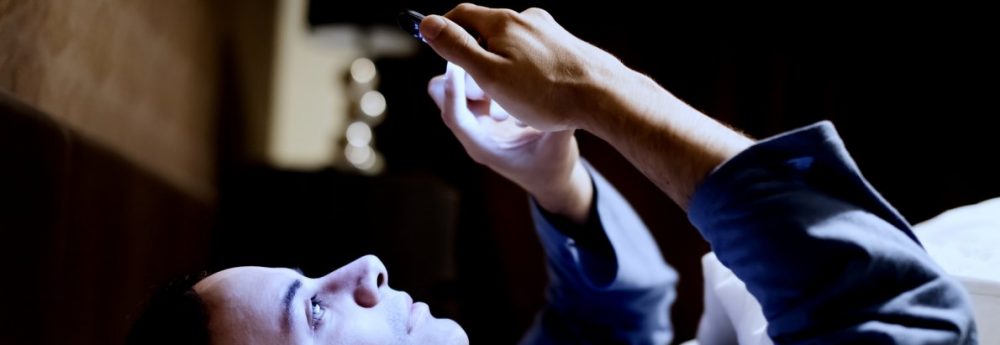What color is the dress?
A disagreement over the color of a dress is ruining friendships and breaking up families. Is it blue and black or white and gold? A bride posted a picture of the dress her mother wore to her wedding and after posting it on Pintrest, the dress magically changed colors.
According to an article by the New York Times, within a half-hour, the post attracted some 500 likes and shares. The photo soon migrated to Buzzfeed, Facebook and Twitter, immediately setting off a social-media frenzy that few were able to resist.
As the arguments escalated, even scientists were boggled and couldn’t agree as to what was happening. Taylor Swift even Tweeted about the dress, “I don’t understand this odd dress debate and I feel like it’s a trick somehow. PS it’s OBVIOUSLY BLUE AND BLACK.”
Theories about why the dress looks different to different people began to arise. One article even said if you saw it blue and black it was because you were depressed. This is completely false and the one thing scientist finally agreed upon was that this was a very rare and unusual illusions.
Why is this happening with the Blue and Black (No! White and Gold) Dress?
What color do you see it? And why does the crazy person next to you see it differently? Here is the scientific explanation thanks to Business Insider:
Your retina contains cells called photoreceptors. The photoreceptors convert light rays into nerve signals, which are then processed by nerve cells in the inner retina, sent to the brain, and translated as images.
The two types of photoreceptor cells are known as rods and cones. Rods are responsible for peripheral and night vision. They detect brightness and shades of gray. Cones are responsible for day vision and color perception.
Humans have a low concentration of rod receptors and a high concentration of cone receptors, which is why we can’t see as well at night but can detect colors.
We have three types of cones, each tuned to pick up green, red, or blue wavelengths of light. When light hits our eyes, the receptors turn these colors into electrical signals that are sent to the brain. Our brains determine the color that we see by blending the signals that each receptor senses.
We have the fewest number of blue cones, therefore, if you don’t have very many blue cones, you may see it as white, or if you have plenty of blue cones, you may see more blue. In person, the dress is clearly blue and black. The lighting of the image, which has a bluish tint, appears to be what is throwing people’s brains off. It makes the blue part look white and black part look gold. The picture of this dress seems to have tints that hit the sweet spot that’s confusing to a lot of people.
So there you have it! You aren’t crazy, and your friend isn’t crazy either. Agree to disagree.
- Three Years at SMU: What’s Next? Who Knows? - May 6, 2015
- Fiesta in San Antonio - April 24, 2015
- Lilly Pulitzer for Target - April 17, 2015


